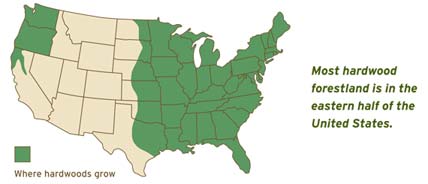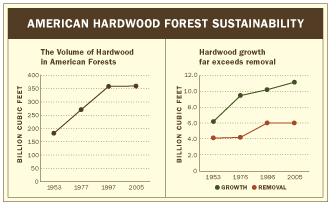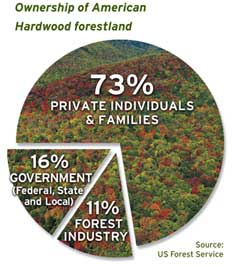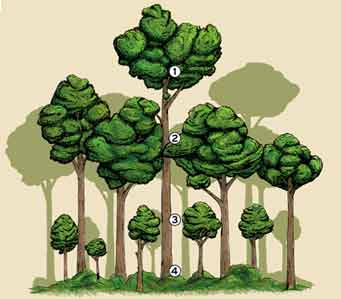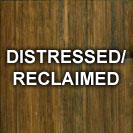|
|
|
||
 |
Welcome to Green Floors New York FingerLakesFloors.com New York Flooring Specialist |
||
|
|
|||
|
Floor Installation - Refinishing - Recoating - Solid Hardwood Floors - Engineered Flooring |
|||
|
|
 |
|
|
|
|
|
|
|
|
|
|
More American Hardwood Now Than 50 Years Ago
American Hardwoods: Renewing, Abundant and Sustainable American hardwoods have entered their fourth century of
providing beauty and authenticity, warmth and integrity, lasting aesthetic and
functional value to interiors. For floors, furniture, moldings, millwork,
cabinetry and built-ins, they are quintessentially green materials in abundant
and self-renewing supply.
|
|
|||||||||||||||||||||
|
|
Wood Floors, Hardwood
Flooring, Solid Hardwood Floors, Engineered Hardwood Floors, Hardwood Flooring
Information, American Cherry, American Hardwoods, American Hardwood Floors, Wood
Floors, Ash, Bambo Bamboo, Bellawood, Biltmore hardwood flooring, Best, Bruce,
Brazilian Cherry, Brazilian Rosewood, brazilian Walnut, Distressed Finishes,
Distressed Engineered Hardwood, Elm, Engineered Bamboo, Engineered Planks,
engineered distressed wood floors, Engineered Wood, Engineered Hardwood Floors
in the Finger Lakes, English Tongue and Groove Hardwood Floors,
formaldehyde-free wood flooring, French Bleed wood floors, Exotic Hardwood
Floors, Glues & Adhesives, Handscraped (Hand-scraped) hardwood floors, Hand
scraped wood floors, Hand-crafted (handcrafted) wood, floors, Hard Rock Maple,
Hardwood Floor Installers, Hardwood Moldings, Hardwood expansion moldings,
Hardwood Floors, Hickory, Maple, Wood Floors, Lock Wood Floors, Oak white/red,
Old-world floors, Old-world wood floors, Old-craftsman wood floors, pecan,
Prefinished Solid Wood Floors, Prefinished Engineered Wood Floors ,Red Oak,
Reducers, underlayment, Wood Floors, Classics Color Wash Collection Maple Raisin
, rip Mink, Rosewood, Wood Floor Installers, wood flooring contractors, Sakura,
Mahogany, Scandinavian hardwoods, Ash, Swedish floor company, Swedish Wood
Flooring, Swedish Wood Floors, Teak, Tightbond, wood Glue, Tightbond Tongue and
Groove Glue, bamboo, Tigerwood, Wood T Moldings Wood expansion moldings, Wood
stairnose, Wood wall base, Walnut, White Oak, wood Flooring - Wood Floors, Wood
Floor Installers, Wood Floor Refinishers, Wood free of formaldehydes, wood
flooring stores in New York, Wood Flooring Contractors in Finger Lakes, Geneva,
Waterloo, Seneca Falls, Wood Medallions, Wood Transitions, Unfinished Solid Wood
Flooring Plank, Unfinished Solid Hardwood Floors. |
|
|
|
Website and all contents © Copyright 2007, Green Floors New York. www.FingerLakesFloors.com Contact Us
|
|
